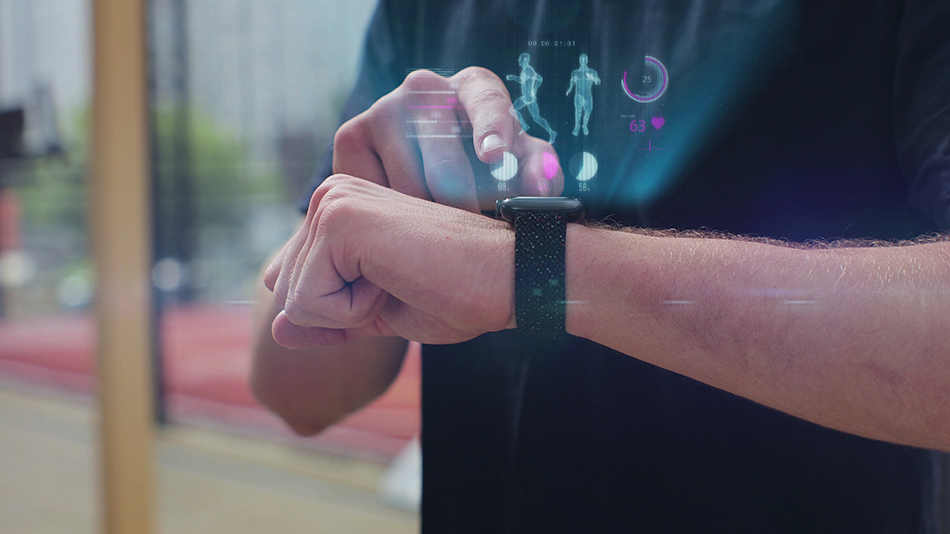In the age of technology, smartwatches have emerged as one of the most popular gadgets. These sleek and multi functional devices are designed to help us stay connected, monitor our health, and simplify our daily lives. While they offer a plethora of advantages, it’s crucial to acknowledge that there are also significant smartwatch disadvantages. In this article, we will delve into the health and privacy concerns that come with these devices.
Health Concerns
1. Over-reliance on Health Data:
One of the primary reasons people invest in smartwatches is to track their health and fitness. These devices can monitor heart rate, sleep patterns, steps taken, and more. While this data can be valuable, it can also lead to over-reliance. Users may become obsessed with tracking every aspect of their health, potentially leading to anxiety and hypochondria. The constant monitoring can also detract from the intuitive understanding of one’s body, which can have negative implications in the long run.
2. Inaccurate Readings:
Smartwatches use various sensors to collect health data, but their accuracy is not always guaranteed. Factors like placement on the wrist, skin type, and motion can affect the readings. Relying solely on these readings for medical decisions can be risky. It’s essential to consult with healthcare professionals for accurate assessments and not solely depend on smartwatch data.
3. Distraction and Sedentary Behavior:
While smartwatches promote physical activity, they can also have the opposite effect. Constant notifications, messages, and apps on your wrist can be distracting and lead to sedentary behavior. People may find themselves spending more time fiddling with their smartwatches than engaging in physical activities.
Privacy Concerns – Major Smartwatch Disadvantages
1. Data Security:
Smartwatches collect a vast amount of personal data, including your location, health information, and communication patterns. This data is valuable not only to you but also to advertisers and potentially malicious actors. Ensuring the security of this data is a paramount concern. Breaches and unauthorized access can lead to identity theft, stalking, and other privacy violations.
2. Sharing of Data:
Many smartwatch manufacturers have partnerships with third-party companies, and they often share user data with these partners. While this sharing may be for legitimate reasons, it can still raise concerns about who has access to your information and how it is being used. Users should carefully review privacy policies and settings to control the sharing of their data.
3. Eavesdropping and Recording:
Some smartwatches come equipped with voice assistants like Siri or Google Assistant. These voice-activated features constantly listen for trigger words, which means your conversations could be recorded and sent to servers for processing. This has raised significant privacy concerns, as it opens the door to eavesdropping and potential misuse of recorded audio.
Conclusion
Smartwatches are undoubtedly impressive gadgets that offer numerous benefits, from health monitoring to convenient notifications. However, they come with their fair share of health and privacy concerns. Users should be cautious not to become overly reliant on the data provided by these devices and should prioritize consulting healthcare professionals for accurate health assessments. Additionally, safeguarding your privacy by understanding and controlling data sharing settings is crucial in the digital age.
As technology continues to advance, the concerns surrounding smartwatches and similar devices will persist. It’s essential for both manufacturers and users to remain vigilant about addressing these issues to ensure that the advantages of smartwatches overcome the smartwatch disadvantages. Balancing the convenience and functionality of these devices with the potential risks is the key to a healthier and more secure smartwatch experience.
